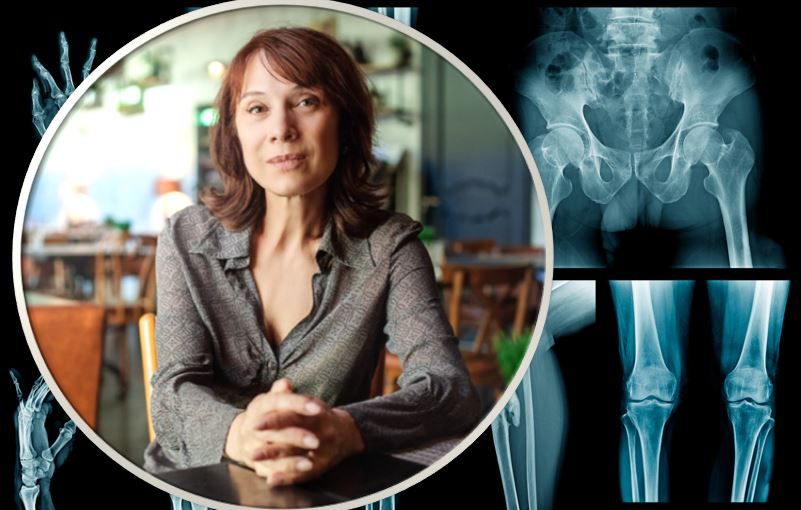Individualized Approach Needed for Bisphosphonate Use in Women
In women 50 years of age or older, the risk of atypical femur fracture increased with longer bisphosphonate use, Asian ancestry, shorter height, higher weight and glucocorticoid use for one year or more, but this risk rapidly decreased after bisphosphonate discontinuation, according to a study recently published in New England Journal of Medicine.
(©Artmim,AdobeStock), (©Angkhan,AdobeStock)

In women 50 years of age or older, the risk of atypical femur fracture increased with longer bisphosphonate use, Asian ancestry, shorter height, higher weight and glucocorticoid use for one year or more, but this risk rapidly decreased after bisphosphonate discontinuation, according to a study recently published in New England Journal of Medicine.
“These risk relationships can be used to individualize clinical decisions about bisphosphonate therapy on the basis of unique combinations of patient characteristics and could provide the basis of a risk calculator,” wrote the authors led by Dennis M. Black, Ph.D., of the University of California in San Francisco.
Osteoporotic fractures lead to substantial disability and many deaths. Many studies have shown the ability of bisphosphonates to increase bone mineral density and decrease the risk of hip and vertebral fractures. However, several gaps exist in the evidence regarding atypical femur fractures, including their relation to bisphosphonate use, race or ethnic group and other risk factors. The present study addresses these gaps by analyzing a large, prospective cohort of women.
From 2007 to 2017, researchers followed 196,129 women of age 50 or older who were receiving bisphosphonates and who were enrolled in the Kaiser Permanente Southern California health care system. A total of 277 atypical femur fractures, which was the primary outcome, occurred.
Atypical fracture risk increased with longer duration of bisphosphonate use. When compared with less than three months of bisphosphonate use, the hazard ratio increased from 8.86 for three years to less than five years of bisphosphonate use to 43.51 for eight years or more of bisphosphonate use. Risk factors for atypical fracture also included race, with a hazard ratio for Asians versus Whites of 4.84, height, weight and glucocorticoid use. A rapid decrease in the atypical fracture risk was associated with bisphosphonate discontinuation.
Further, during one to 10 years of bisphosphonate use, decreases in the risk of osteoporotic and hip fractures outweighed the increased risk of atypical fracture among White women but less so among Asian women. After three years, 149 hip fractures were prevented and two bisphosphonate-associated atypical fractures occurred in White women, versus the respective91 preventions and eight fractures in Asian women. The authors noted that this difference between ethnic groups affects the risk–benefit balance of bisphosphonate treatment and could directly affect decisions regarding treatment initiation and duration.
Meanwhile, older age, previous fractures and lower bone mineral density, which are key risk factors for hip and other osteoporotic fractures, did not substantially increase the risk of atypical fracture. The oldest women in the cohort were at lowest risk for atypical fracture.
“Our results support previous studies showing that the absolute risk of atypical femur fracture is very low as compared with the greater number of fractures that are effectively prevented by bisphosphonates,” the authors wrote.
_______________
REFERENCE
Dennis M. Black, Erik J. Geiger, Richard Eastell, et al. “Atypical Femur Fracture Risk versus Fragility Fracture Prevention with Bisphosphonates.”New England Journal of Medicine.August 20, 2020. DOI: 10.1056/NEJMoa1916525